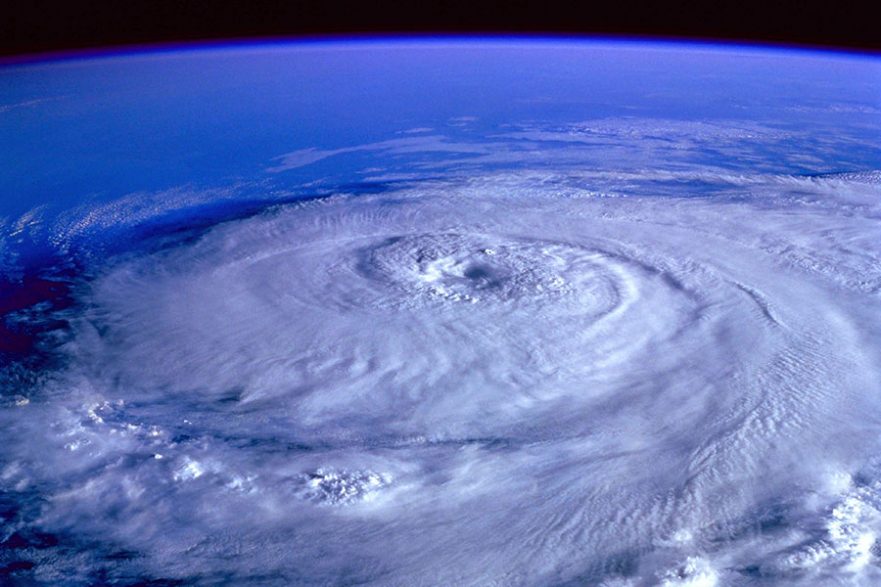It’s easy to blame ‘cost of living increases’ for everything at the moment! In my line of work, no conversation is had in 2022 without it being mentioned at least once. But what is causing it? There is no one answer.
In my research for a recent radio conversation (click here to hear me on Fresh FM), I was surprised to find that the cost of living increases could not be attributed to one issue. Nor two or three. A perfect storm of events has conspired to create the inflation threat we are currently experiencing. Some of these issues have simple solutions, or will resolve themselves over time. Others need rapid government and/or central bank intervention. Excessive inflation unfortunately is not a problem that we will wake up one day, and it will have disappeared.
Stepping back, it is important to recap how inflation is measured. The acronym ‘CPI’ is mentioned as much as cost of living, but to provide context to what is causing the problems, it is important to understand what CPI (the Consumer Price Index) is.
What is the CPI?
While it is much more technical than this, it is easiest to explain CPI as a basket of goods and services. Each quarter, the same basket is valued. This value is compared to the same time last year to provide a percentage increase or decrease. When we say that CPI rose 6.1%, it is simply that the basket of goods and services costs 6.1% more than it did at the same time last year.
The basket is made up of many common household expenses. There is over 1,000 items considered. Housing, food, recreation, transport, clothing, education – they’re all in there!
What CPI Rate is Ideal?
The Reserve Bank of Australia target a CPI rate of between 2% and 3%. This is low enough to minimise the impact on household budget yet high enough to ensure that households don’t put off expenditure. While we may all like a world where prices stay the same or go backwards, this would cause multiple issues. If a new TV is going to cost 2% to 3% more next year, there is a small incentive to purchase it now. If it is going to cost less (or the same) next year, then households may wait to purchase. Businesses selling TV’s would quickly struggle if all households delay their expenditure.
CPI is Now 6.1% in Australia, Well Above the Desired Rate!
The basket of goods and services is increasing in price at a more rapid rate than anytime in the last couple of decades. This is heaping pressure onto households who are trying to manage their budgets. The problem is compounded by low wage growth, which is perhaps a topic for another article.
So what is causing it? Well, as mentioned above, there is no one answer. It is a perfect storm of events. Some temporary, some longer term. These events include (but are not limited to):
- The Russia/Ukraine conflict has driven up the price of food and energy;
- Seasonal weather events and climate change are impacting crops (lettuce has become the poster child of cost of living increases);
- China’s “zero COVID” lockdowns are slowing production;
- COVID stimulus has more money in many people’s pockets and the end of lockdowns means pent up demand for travel and recreational spending.
All these things drive up prices. From time to time, one or two of these events will occur. There might be a conflict, or a storm that wipes out some crops. All at once, we’re facing these things and more! It’s not difficult to work out that some will be short-term (apparently the lettuce price is starting to fall) and that some will be longer-term (the Russia/Ukraine conflict shows no signs of ending).
What Can Be Done?
The Reserve Bank has embarked on aggressive interest rate rises in recent months. While it seems unfair to lump increased mortgage repayments on households that are already feeling the effects of higher prices for their basket of goods and services, using interest rates (called ‘monetary policy’) to lessen demand and cause a lowering of prices is a common strategy. Raising interest rates may take some time to flow through to the economy and impact the CPI, but there are early signs that it is working.
Personally, there is not much that can be done (perhaps ask your boss for a payrise?).
It’s important to understand that inflation and cost of living increases are cyclical. Sure, we are perhaps in for a tough few months or years, but it will end. This storm will pass. Avoid sensationalist media on this topic. There is enough doom and gloom around, without considering cost of living.
Cost of living increases bite your personal finances. If you have never considered a budget, or it has been a while since you looked at yours, now is the time. Having a complete understanding of how much money you have coming in and where it goes is vital to help you know where the wiggle room is if you need it. If you have a mortgage, it may be worth considering your current interest rates and repayments and shopping around for a better deal.
We have regular discussions with our clients about the impact of inflation on their investments and more generally, their overall finances. If you would like to discuss your options, please don’t hesitate to contact us.



